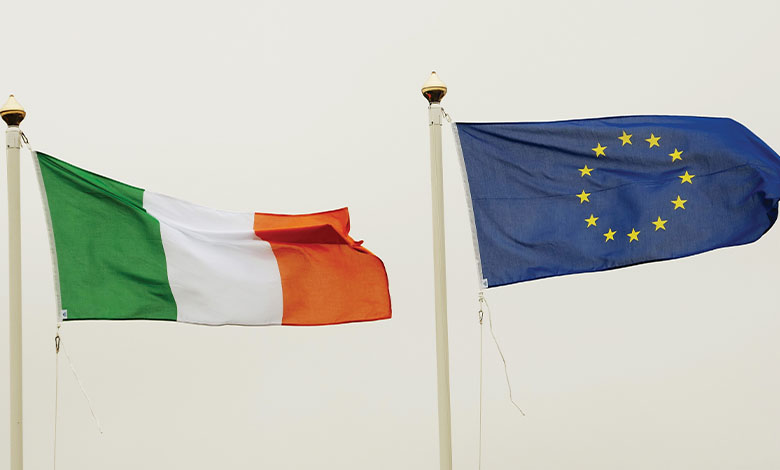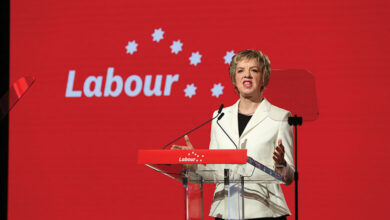40 years of the EU’s most significant symbols

June 2025 marked 40 years since the introduction of the flag of the European Union (EU), as well as the 40th anniversary of the introduction of ‘Ode to Joy’ as the anthem of the EU.
The EU flag’s iconic imagery of 12 gold stars against a clear blue sky reflects the initial founding vision of the EU and its preceding organisation, the European Community, of peace amid the aftermath of World War Two.
The flag, introduced as the official flag of the EU in June 1985, is designed to represent harmony and solidarity among the peoples of Europe, with the 12 stars symbolising completeness and entirety. The stars do not, as is a common misconception, represent the number of member states at any stage in the history of the institution.
Prior to its adoption in 1985, the flag had been the official emblem of the Council of Europe from 1955, which was formed by six European states amid the end of World War Two and the onset of the Cold War.
2025 also marks the 40th anniversary of the introduction of Beethoven’s ‘Ode to Joy’ as the EU’s official anthem. Without lyrics, the European Commission rationalises that the “universal language of music expresses the values we share across Europe: freedom, peace, and solidarity”.
Ireland has been a member of the European Community since 1973, with the State having adopted a largely isolationist foreign policy prior to accession. With Ireland not having a played a role in World War Two and officially neutral during the Cold War, it was not approached for membership of the initial iterations of the EU in the 1950s.
Indeed, Ireland’s accession to the Community was initially subverted by a proposal for Britain to be granted membership first. This would have placed Ireland at the mercy of a significantly more powerful country with which relations were highly fraught amid the conflict in the North. However, negotiations between then-Minister for Foreign Affairs Patrick Hillery and the UK Government resulted in the two states joining concurrently in 1973.
Among the highlights of Ireland’s EU membership have been the adoption of the euro as the State’s currency in 2002, holding the presidency of the European Council on six occasions (with a seventh to come in 2026), and the leading role Ireland played in the Brexit negotiations, including the Kenny Declaration, which allows the North to be re-admitted into the EU in the event of a vote for Irish reunification.
Also noteworthy is the fact that Ireland has twice initially rejected EU treaties, with the Nice Treaty and Liston Treaty both subject to second votes after initial rejections in referendums. In both events, the primary reasons were concerns among the general public on what passage would mean for the State’s neutrality, and lack of familiarity with the complex EU myriad of legislation and regulations.
Nevertheless, in 2025, Ireland is one of the most pro-EU member states, with opinion polling showing support for membership consistently above 90 per cent. With another presidency of the European Council to come in 2026, Ireland is set to maintain a highly integrated relationship with the EU.





